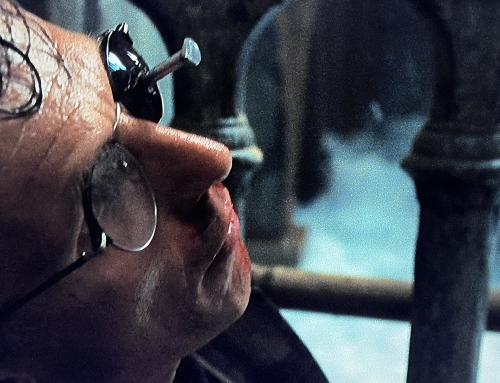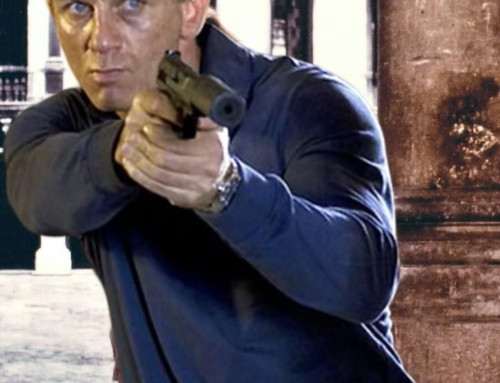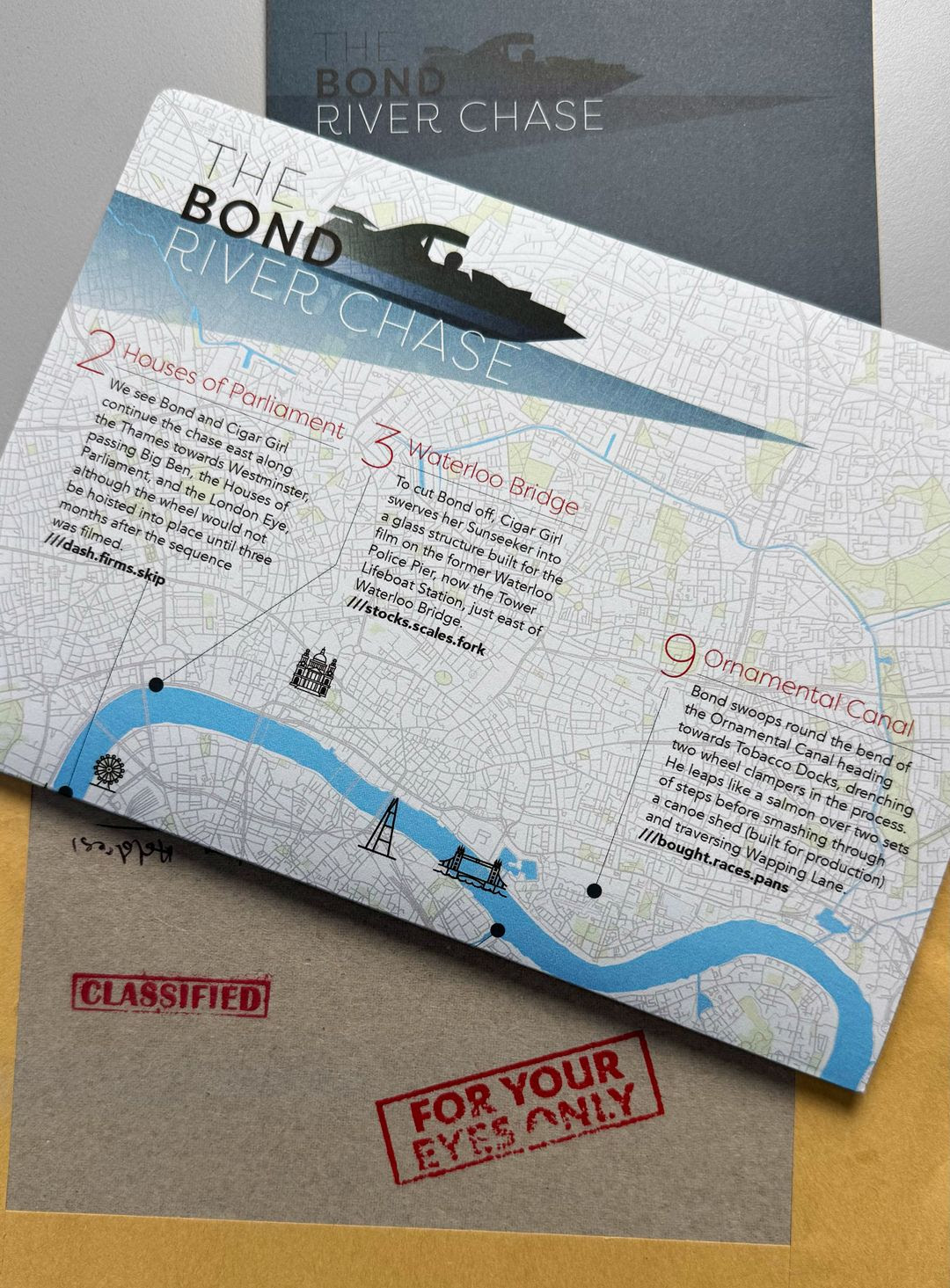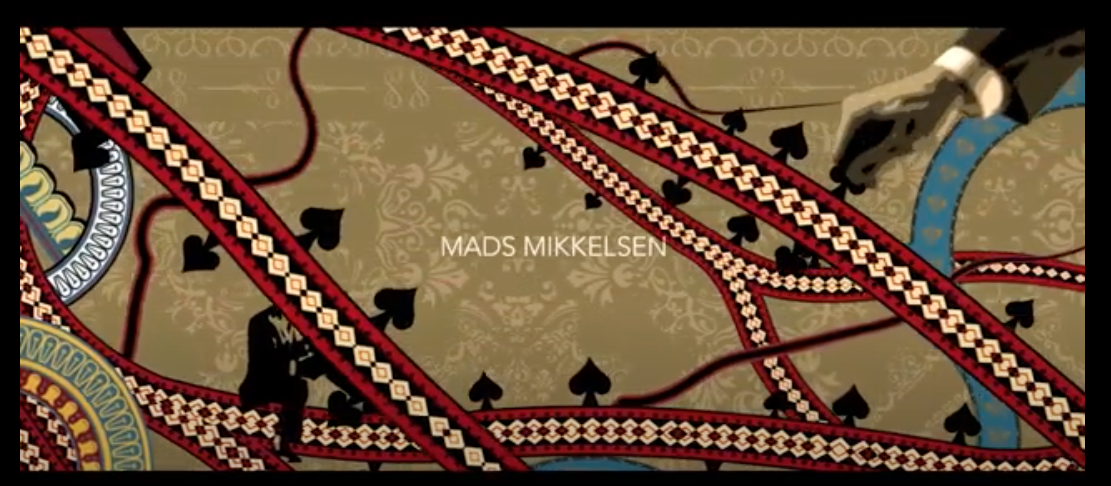
Start of minute 5-6
Below is an E-Interview with Daniel Kleinman. Daniel took over the mantle of James Bond titles designer from Maurice Binder, creating the iconic title sequences for 8 of the last 9 blockbusters – including ‘Die Another Day’, ‘Casino Royale’, ‘Skyfall’, ‘Spectre’ and most recently ‘No Time To Die’.
As we break down minute 5 of Casino Royale for the From Tailors With Love podcast, I wanted to speak to Daniel to learn about his process. He was kind enough to reply below.
Daniel Kleinman talks titles
PB: Can you speak about how you approached the Casino Royale title sequence differently to your previous titles?
DK: Being the first Daniel Craig film and a kind of reboot I wanted to do something different, I also had in mind that, up to the point where the main titles kick in, the story is Bond before he receives his double O status, he isn’t in fact 007 yet, so it was a bit about him becoming 007.
It also seemed inappropriate to use some of the expected 007 iconography particularly the women and his relationship with them in the title sequence, he was yet to be betrayed by his lover and therefore his complex relationship with women not yet established.
The inspiration
This all linked in with Casino Royale being the first James Bond book Fleming wrote and I believe that he personally designed the book cover, which was a playing card with hearts dripping blood. I took this as a starting point and considering the strong graphic nature of playing cards, money and gambling imagery I decided to make the whole sequence in a sort of semi graphic animated style.
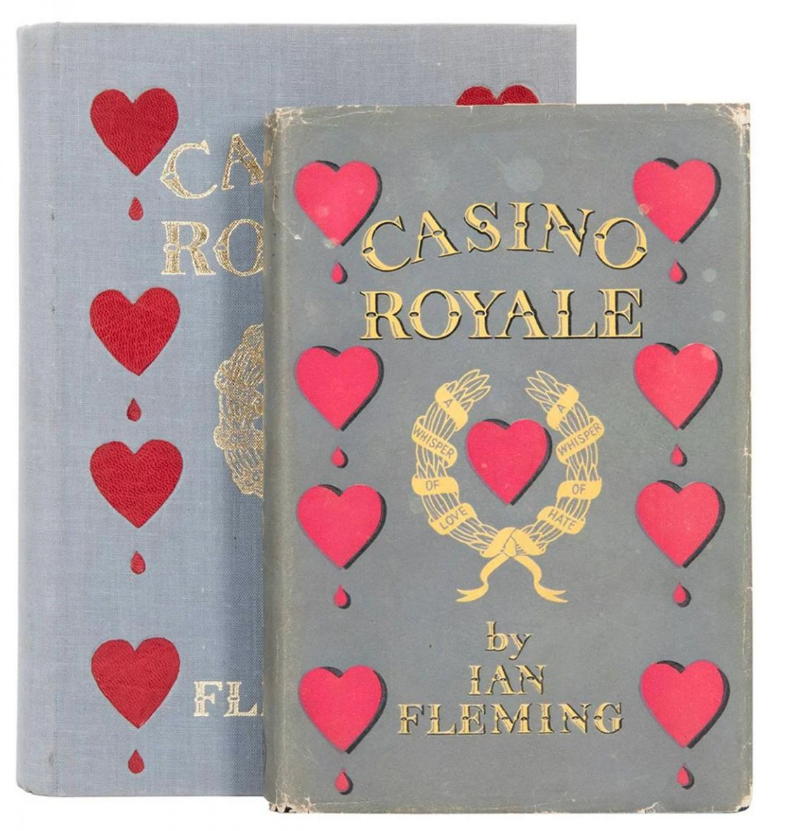
Image Source : James Bond Lifestyle
PB: With the animated fighting in the sequence, I’m guessing that was filmed separately and you retrofitted animation over the top? Can you speak about that? Did you have any stock footage of Daniel Craig to play with?
DK: I filmed stunt men for the sequence and then ‘rotoscoped’ them later, it’s a technique where basically you trace over the live action. The character who was meant to represent Bond was at times Daniel Craig’s stunt double.
But, as Daniel was there to film the end part where he is revealed and walks to camera, he wanted to do some of the other action as well so that his body language was totally accurate. Therefore some of the animated Bond action is really based on Daniel Craig’s action that I filmed.
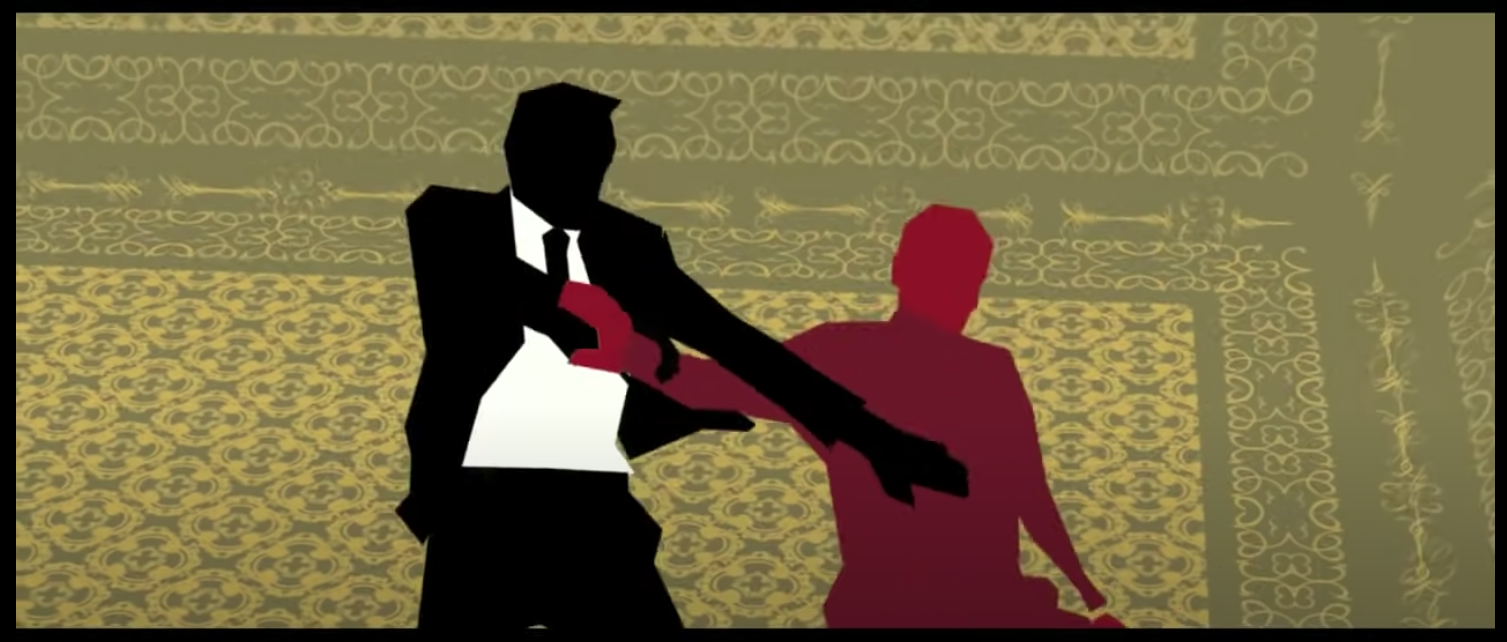
PB: I’m guessing you are given the song and the script ahead of time. Once you have those ingredients how long are you given to put a title sequence together?
DK: This varies, sometimes I have to start without knowing the song but I always read the script and try and base my ideas on an overview of the content and atmosphere of the film. I usually start with ideas just before the main film starts shooting, I have to pass the ideas before the main film’s director and the producers, ideally before they start filming, as they are obviously a bit busy and not around much during production.
If I want to use any of the actors from the film I have to wait until the main film is finished shooting as they are not available for me. This means I sometimes have to wait a fair while before I can film all the elements I need and then start my post process, it makes the timeline quite long, more than a few months, but less than a year. The deadline is the release of the film of course.
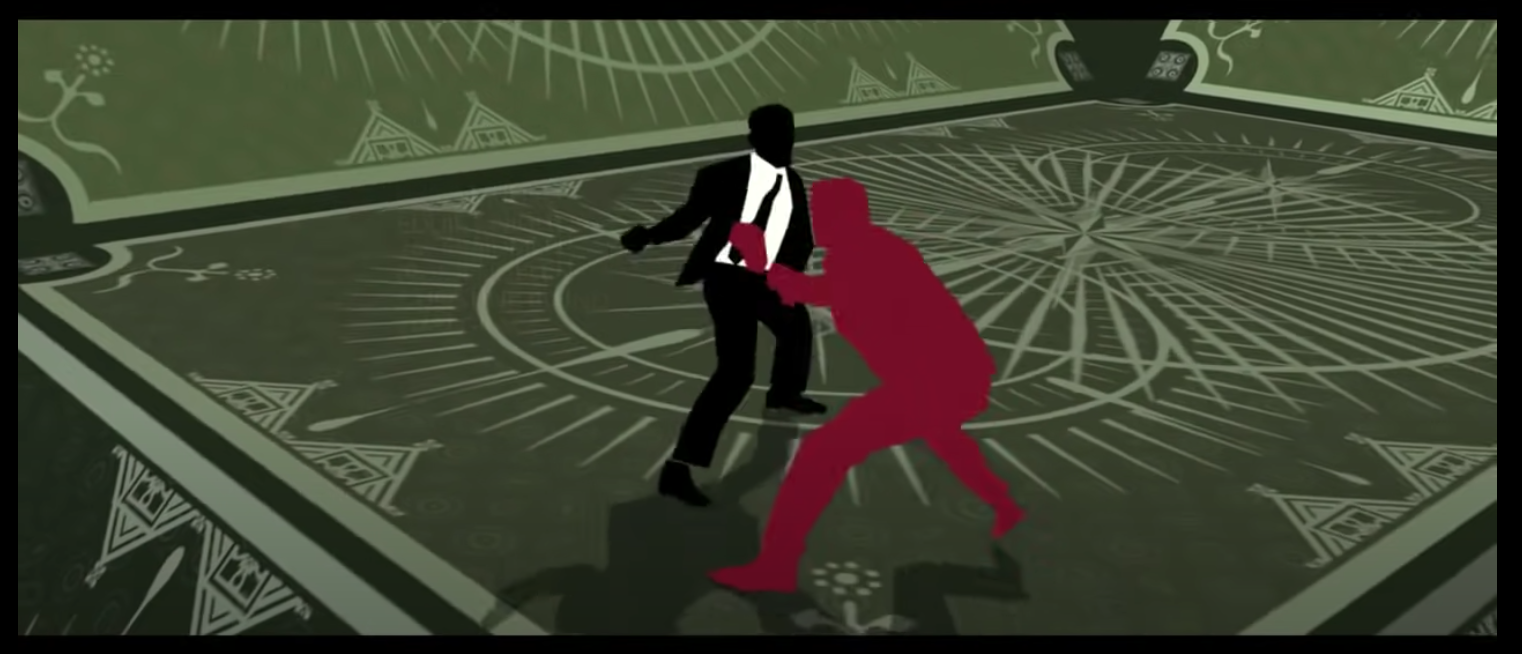
PB: How much input does the director and the producers have over your title sequences? Are you given a brief beforehand or pretty much left to your own devices?
Daniel Kleinman: That varies, the producers are usually pretty happy to just let me do my own thing, of course I have to let them know what the ideas are going to be with storyboards and previz etc. Some directors have been totally hands off and others like to have input, which I don’t mind at all. However usually they are very busy with their own filming or editing so they have to trust me to get on with it.
Sam Mendes was quite hands on especially with Spectre, but most of the directors input would be ‘I like that bit…I’m less keen on that bit’, I like to collaborate so that’s fine, but in reality most of all the sequences are my ideas and designs.
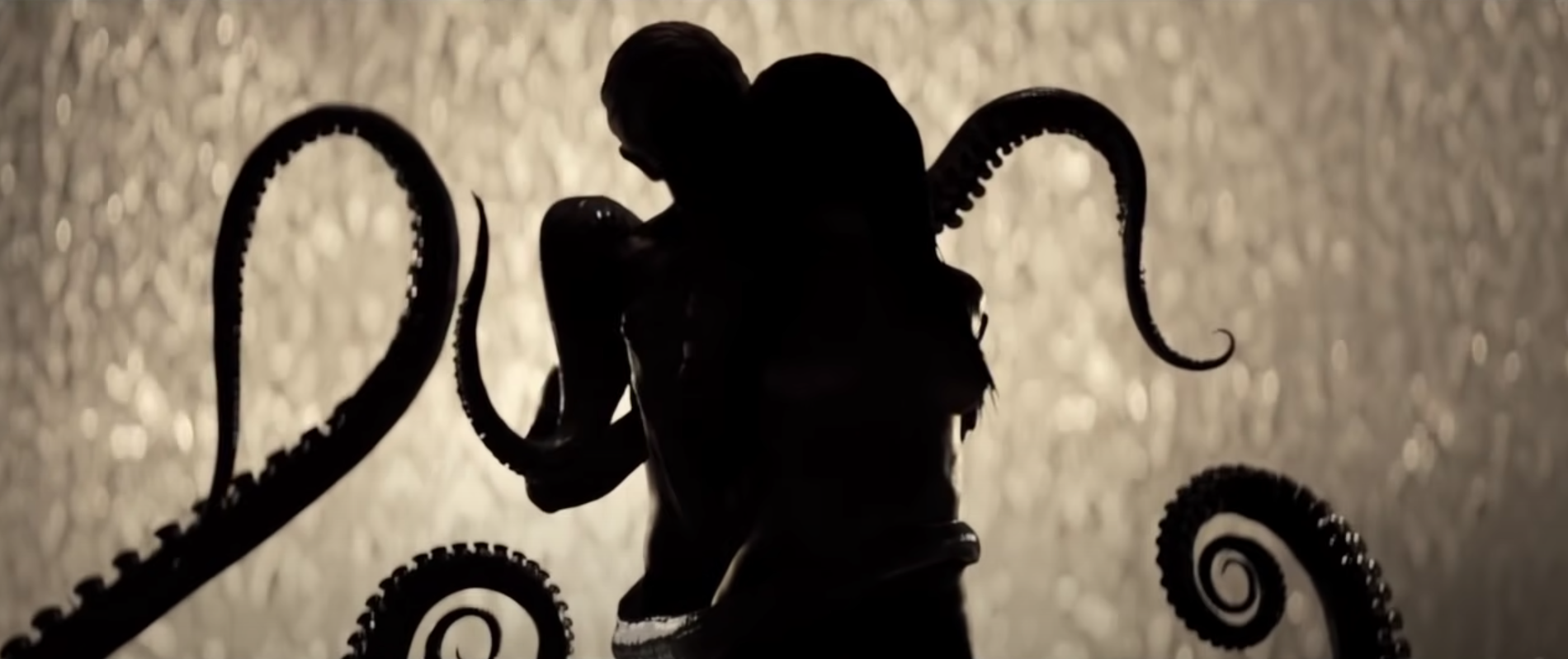
PB: Is there a special unveiling or screening you give the producers once the titles have finished? I imagine it’s truly a big deal once you’ve finished the edit. I like to think there is a private screening of just the title sequence alone married with the gun barrel and song for the cast and crew.
DK: I do have the odd screening as I get to the end of the sequence to make sure everyone is happy, I’m tweaking up to the deadline, sometimes I run out of time to do everything exactly how I’d like. There isn’t really a ‘just titles’ screening for the cast and crew, it would only be the producers, director and editors.I quite like to hold off seeing the whole film with the titles until the premiere, makes it more exciting. Although of course I’ve watched cuts of the film as it’s been edited.
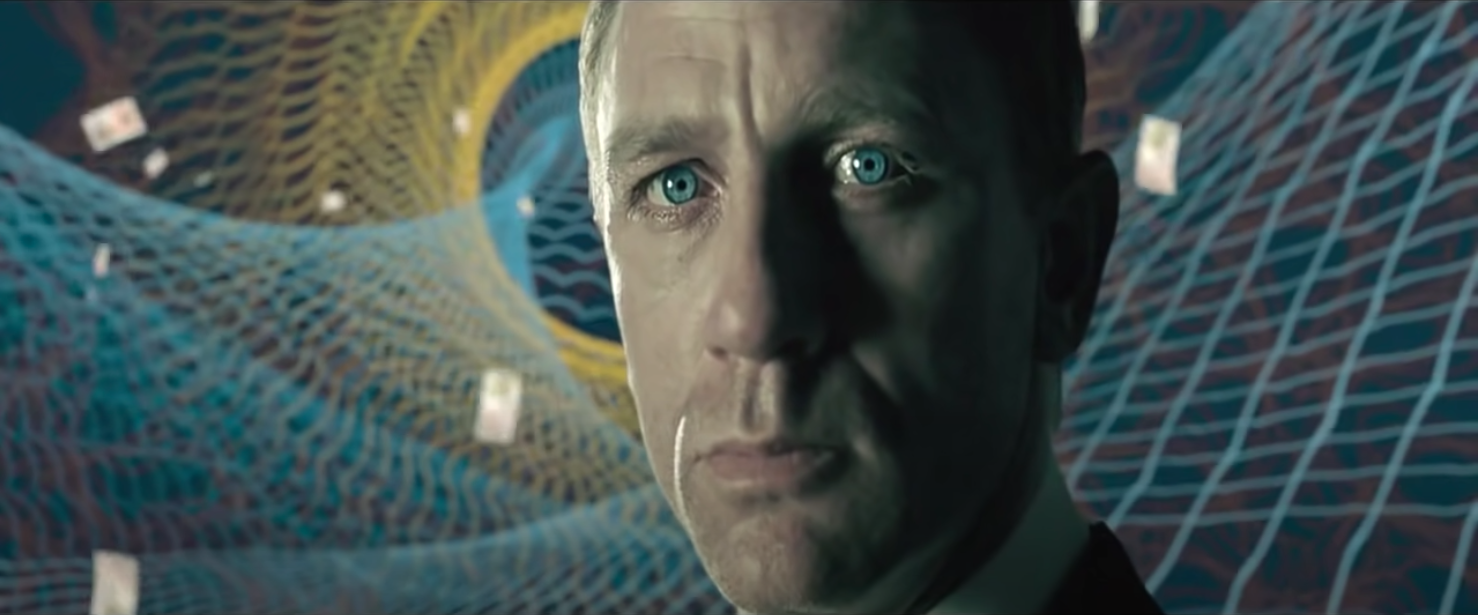
PB: I’ve heard stories of your predecessor Maurice Binder being infamously late when it came to deadlines. Did you know Maurice at all and how much of his work influenced your titles?
Daniel Kleinman: Sadly I never met Maurice, but his influence is crucial to the title sequences, I try to carry on the filmic language he invented for the films, developing and expanding it, and of course making it more relevant to the changing times and technical advancements.
PB: I know you rate You Only Live Twice as one of your favourite titles of Maurice’s. What is it about that that appeals to you? And what other titles do you hold in high regard?
DK: You Only Live Twice was a beautiful sequence, the colours, the music and imagery just seemed to be so fresh and sumptuous. Simple ideas like the skeletal parasols making patterns overlaid with lava became a great influence on how I continued to imagine the style that epitomises Bond.
Funnily enough I don’t really consider myself a title sequence director, 90% of what I do is advertising a bit of TV and in the old days music videos, so I’m not that up on title sequences, but I’m a fan of the classic masters, Saul Bass etc.
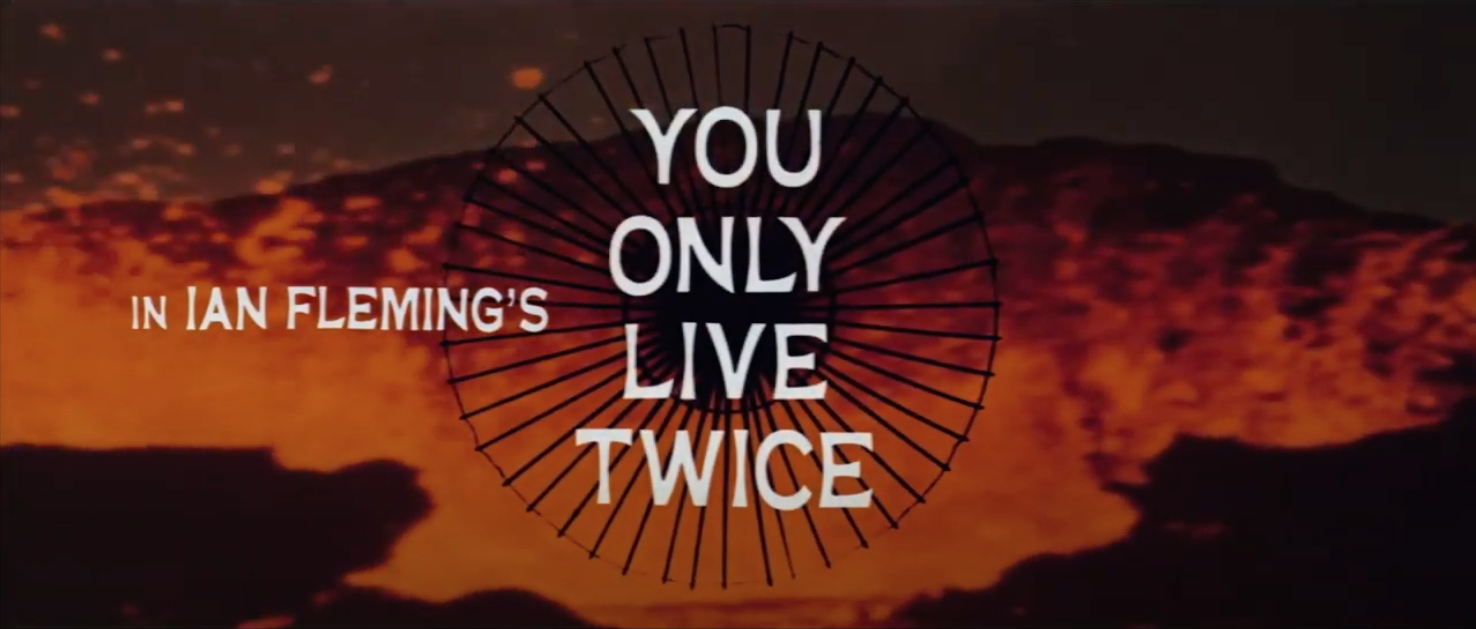
PB: Have you ever considered which Title Sequence you’re most proud of? Or is it impossible to rank your own work?
Daniel Kleinman: There are a couple I’m not so keen on for various reasons, sometimes the technology just wasn’t up to fully realising what I wanted, but that is now mostly a thing of the past as the capability of post production is now so extraordinary and relatively quick in comparison to 25+ odd years ago.
I still like Goldeneye as it was my first and it pushed the then technology to the edge, and it was creatively a reasonably pleasant experience as the process was partly analogue, therefore easier to be spontaneous and hands on with the craft.After that, full digital graphics kicked in, in the early days that was like wading through cement. I’m ok with Casino Royale and No Time to Die, but it’s difficult to assess one’s own work, and I generally don’t look back much.
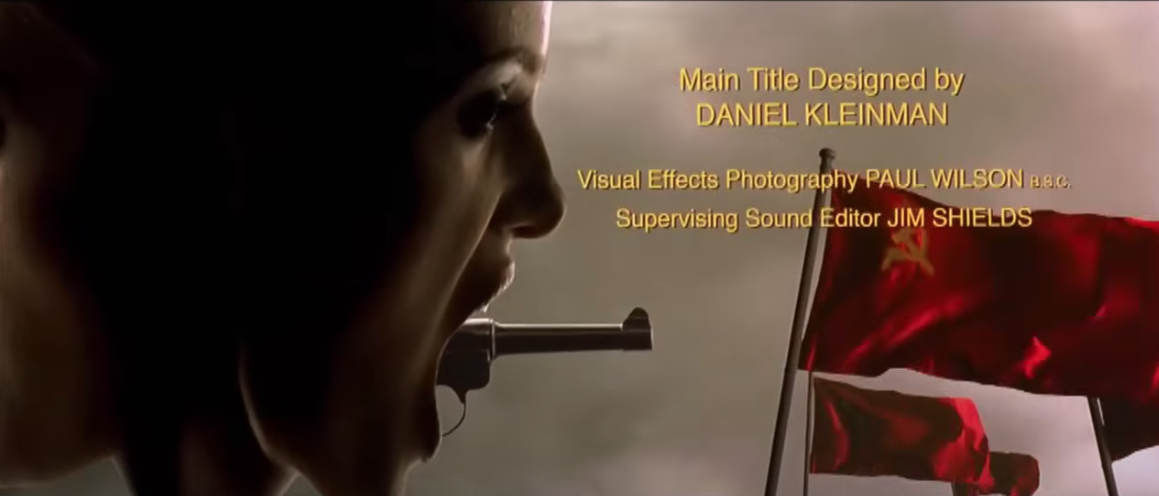
PB: In Spectre, we didn’t get Daniel topless in the film, so did the decision to show him topless in the titles come from, well the top?
DK: That was Daniel’s idea, I think he felt that it was going to be his last film and he wanted to end with some classic sexy Bond imagery. I tried to make it a little less ‘overt’ by making the temptresses a more abstract and perhaps like metaphors or figments of his subconscious, beauty and pain, attraction and danger etc. Don’t know how well that came off, but as it was one of the few times Daniel really had input into the sequence I was happy to oblige.
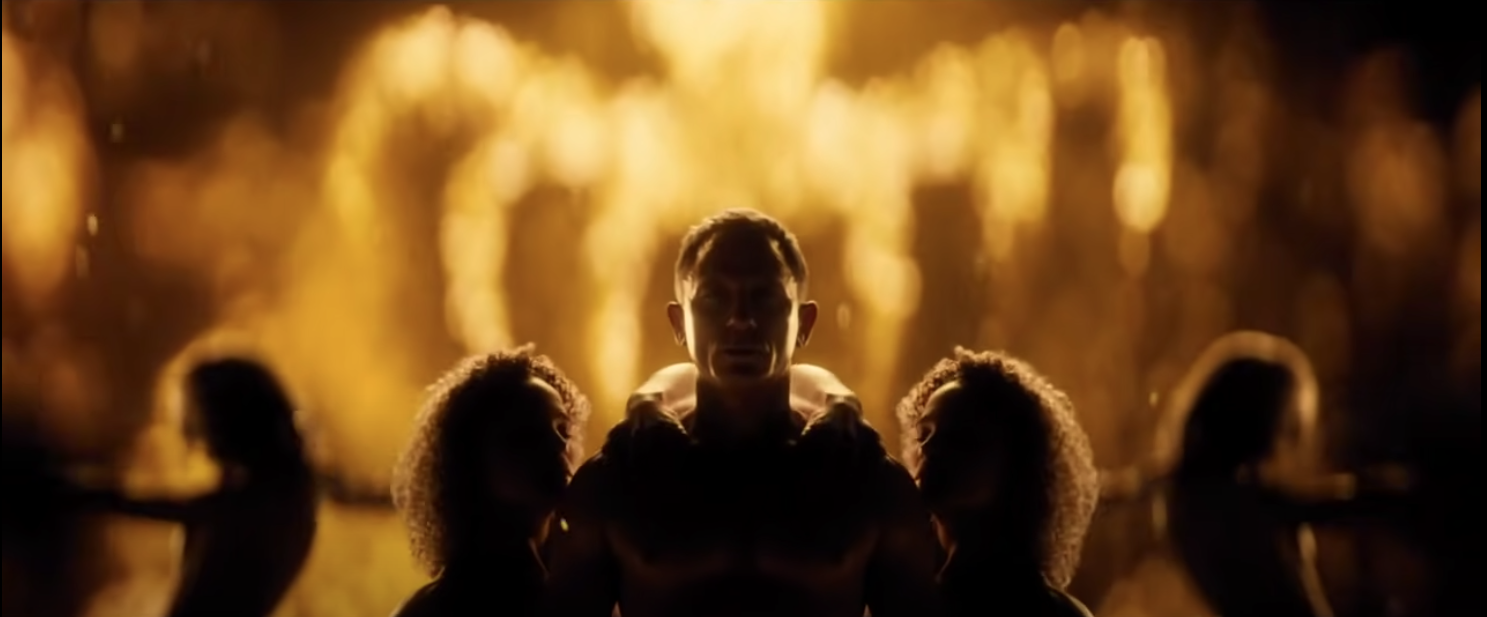
‘It was Daniel’s idea’
Daniel Kleinman can be reached at Rattling Stick.
On the podcast
Today on the podcast.
Min #5 with @PhilNobileJr
iTunes: https://t.co/r1LAmoLTWe
Spotify: https://t.co/CEsW7rvp21 pic.twitter.com/tddAUojOTP— From Tailors With Love (@tailorswithlove) February 15, 2024



